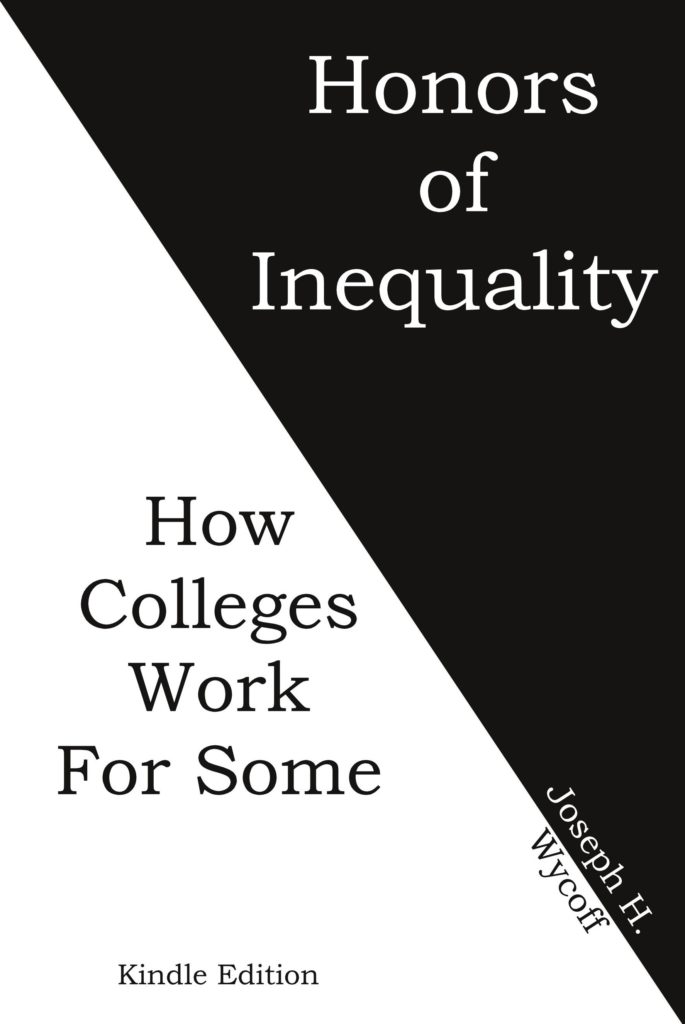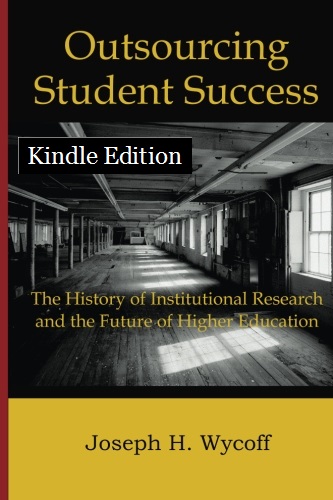| International |
The scramble for Africa’s growing student population | A World Bank report lists several African economies as growing at a rate of 5% over the past decade and predicts that some African countries can expect even greater economic growth in the upcoming years. The middle class in Africa as a whole has tripled over the past 14 years, representing a potential group of families who can afford to send their children to university. According to the Nobel Prize winner in economics, Paul Romer, over the next 16 years, all of the world’s 10 fastest growing cities will be in Africa. Moreover, 60% of the African population of 250 million are under the age of 25.
Market economics has driven universities into crisis – and we’re all paying the price | Tuition fees have formed part of a full-frontal assault on the living standards of a generation battered by a housing crisis, stagnating wages and slashed services. And with 83% of student loans forecast to never be paid back in full, the promises of financial sustainability are a nonsense. Both frontrunners for the Labour leadership have committed to maintaining the party’s totemic commitment to abolishing this punitive attack on aspiration, recognising that university education is a social good. But the issue goes much, much wider – and has profound implications for the future of our society.
These are the universities failing to recruit enough working class students | At some top universities, the percentage of students from the poorest areas even managed to fall from 2017-18 to 2018-19. Of the Russell Group, only Sheffield and Leeds managed to outperform benchmarks set for them by HESA, who set out the levels of students from low-participation neighbourhoods unis should aim to recruit.
Balancing academic rights and responsibilities | Academic freedom and institutional autonomy are mediated rights that come with responsibilities. Working with and contributing to their local communities are essential if colleges and universities are to function as responsible institutions. In my judgment, it is also an institutional responsibility for universities to work in democratic partnership with their community, demonstrating openness, transparency, responsiveness and accountability. One of the best ways to practise academic freedom and institutional autonomy as well as academic and institutional responsibility is to engage locally. Local participatory democracy is necessary for the development of a democratic culture that goes beyond the crucial act of voting and extends to all areas of life.
Midlife crisis? Academic satisfaction lowest at 43, says study | Academics are not immune to a midlife crisis, it appears, with a survey of 10,000 researchers revealing that they get the least satisfaction from their jobs at the age of 43. Scholars who examined responses from academics across 34 European countries found that job satisfaction declined steadily during the first half of researchers’ careers, hitting a low point in the early forties. It then climbed steadily for the rest of respondents’ careers.
Poverty of ideas and a crisis in learning | [Liberal Education and its Discontents: The Crisis in the Indian University by Shashikala Srinivasan]…looks at the present-day crisis of higher education by, first, probing colonialism philosophically and, then, listening to the deeper voices of Gandhi and Tagore, to seek answers for the future. As one might imagine, these answers are of a radical nature. In fact, this book is not about solutions at all. It helps us to understand how lost we are as a society, in terms of our idea of knowledge and its authentic pursuit in colleges and universities.
Kenya: KU Seeks Sh450 Million Bank Loan as Varsities Face Cash Crisis | Kenyatta University (KU) is seeking a commercial loan of up to Sh450 million from local lenders in the latest signal of the deep financial difficulties facing the country’s institutions of higher learning. The public university indicates in tender documents that lenders have up to February 28 to put in their quotation for the loan repayable in 10 years.
| U.S. National |
“Free College” in Historical Perspective | Also, “free college proposals” today may unwittingly limit student choice if the tuition buy downs are limited to selected institutional categories, such as public colleges and two-year community colleges. [Note: Ah, his point is in the final line. As I argue in Honors of Inequality, the federal student loan system exists today largely as an obscene federal subsidy for private, nonprofit institutions to educate the students who “merit” higher education at the expense of “needy” college-goers. “Free [public] college” from the states is the greatest threat to this federal subsidy.]
Report: Diminishing Financial Aid for Low-Income Students | “Crisis Point: How Enrollment Management and the Merit-Aid Arms Race Are Derailing Public Higher Education,” a report authored by Stephen Burd, a senior writer and editor with the education policy program at New America, reveals that public four-year universities spent at least $32 billion of their financial aid dollars on students who lack financial need.
Think Student Activists Are ‘Snowflakes’? Think Again [subscription required] | They are sometimes dismissed as too sensitive or censorious. That’s unfair, according to the author of a new book.
We Know What Works to Close the Completion Gap | With both climate change and college completion, the problem is not a lack of knowledge about what needs to be done, but a lack of other things: will, effective collaboration, money, luck.
41% of Recent Grads Work in Jobs Not Requiring a Degree | The unemployment rate for young college graduates exceeds that of the general population, and about 41 percent of recent college graduates — and 33.8 percent of all college graduates — are underemployed in that they are working in jobs that don’t require a college degree, according to new data from the Federal Reserve Bank of New York.
Housing, Food Insecurity Plague Many American College Students, Study Suggests | Nearly half of America’s college students don’t have a safe, affordable and consistent place to live, and nearly 4 in 10 don’t have reliable access to food. Perhaps most troubling, 17% of the nation’s college students were homeless at some point in the past year. Those are the conclusions of a survey of students at 227 colleges and universities nationwide, including the Dallas County Community College District. The report was released earlier this month by Temple University’s Hope Center for College, Community and Justice.
| U.S. States and Territories |
Erie leader driving state education reforms | A year after being named chairman of the House Education Committee, state Rep. Curt Sonney…introduced legislation that would enable the chancellor and board of governors of the Pennsylvania State System of Higher Education to enact changes that would create efficiencies and save money at the 14 universities in the system. And he holds a key vote as a member of the state Board of Education on Erie County’s community college application. In coming months, Sonney will also find himself at the center of a debate over Gov. Tom Wolf’s proposed budget and the education funding it prescribes, including a $200 million annual investment in a higher education scholarship program for low- and middle-income students who enter the PASSHE system. The program would be funded by subsidies for the horse-racing industry.
| Institutional |
The universities that enroll more poor students have less financial aid to give | In 2017-18, the average cost of attendance at UW-Madison, including tuition, room and board and other expenses, was $5,445 for in-state freshmen coming from families making less than $30,000 a year. At UW-Milwaukee it was more than $12,000. In fact, all the other public universities in Wisconsin were more expensive for the poorest students than UW-Madison.
Nationwide, 41 percent of public four-year schools cost more than their state’s flagship for the lowest-income students. [Note: UW-Milwaukee has an Honors College and Honors College scholarships…I wonder how a regional college like that affords the honors of inequality.]
Tips for Decoding College Financial Aid Offers | After the college acceptance letter comes the financial aid offer. But beware: The offers are not always easy to decipher, and different colleges often use different jargon for the same types of aid or loans. Despite calls for colleges to adopt more uniform, user-friendly formats, institutions remain free to devise their own aid letters, and the information they include varies. Some don’t clearly label student loans and often omit details about the total cost, making it a challenge to figure out how much you’ll have to pay.
10 Best Colleges in California in 2020 | East-coast Ivy League schools don’t have anything on California colleges. Whether it’s Stanford, Cal Tech, or any one of the excellent schools in the University of California or Cal State systems, there’s no shortage of choices. If you’re lucky enough to live in California, you’ll have more high-quality options available to you as an in-state resident than in any other state in the nation.
Top Colleges in the West for Student Outcomes [subscription required] | Stanford University is the highest-ranked school in the West for student outcomes in the Wall Street Journal/Times Higher Education College Rankings.
Colleges Need to Rethink Their Market — and Maybe Their Mission [subscription required] | To survive, colleges need to recruit a wider swath of students and connect their curriculum to the job market.


